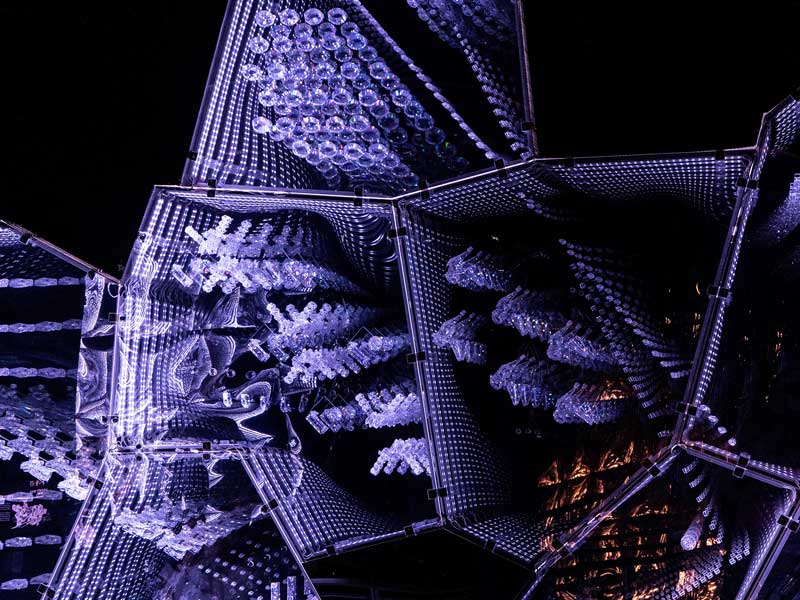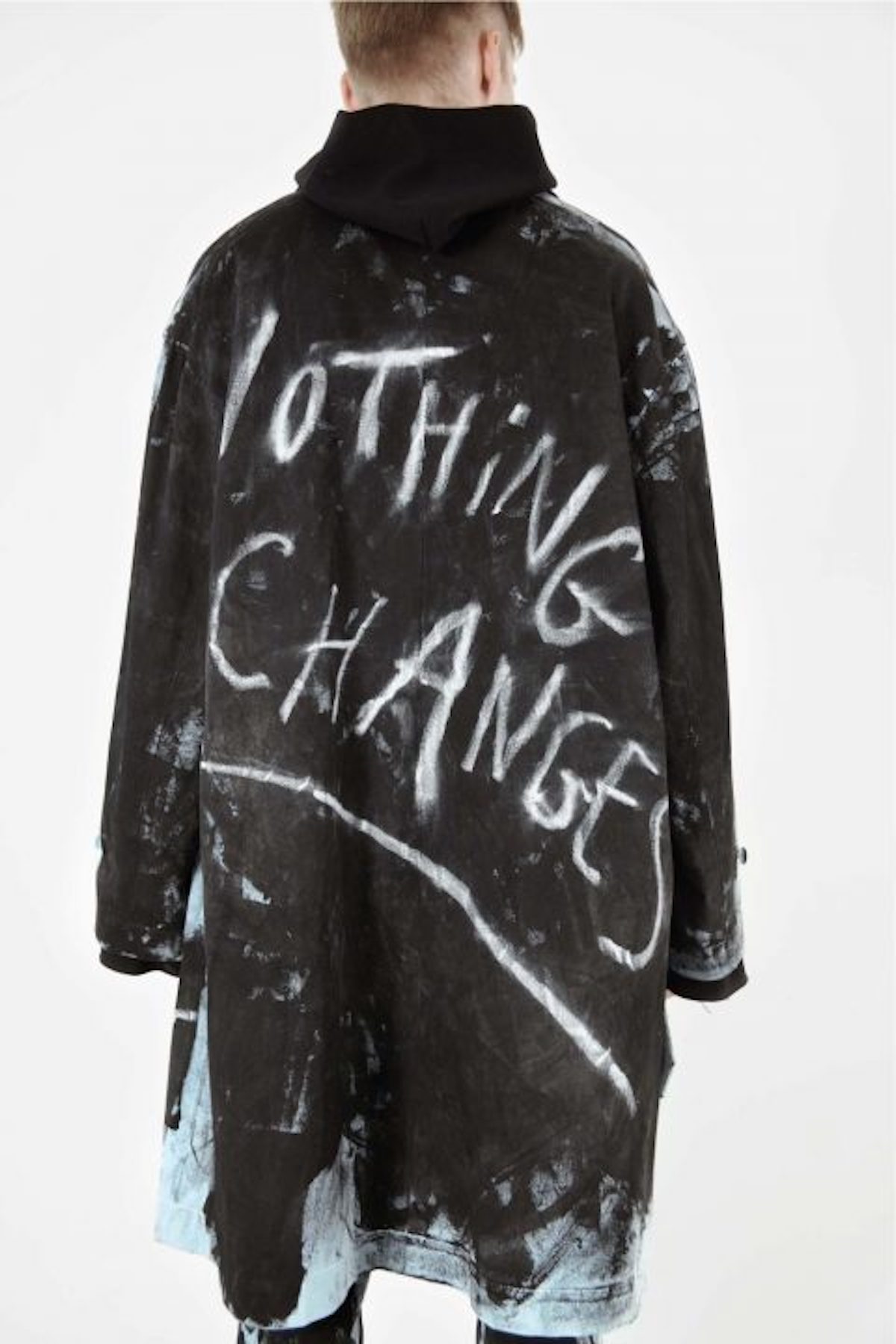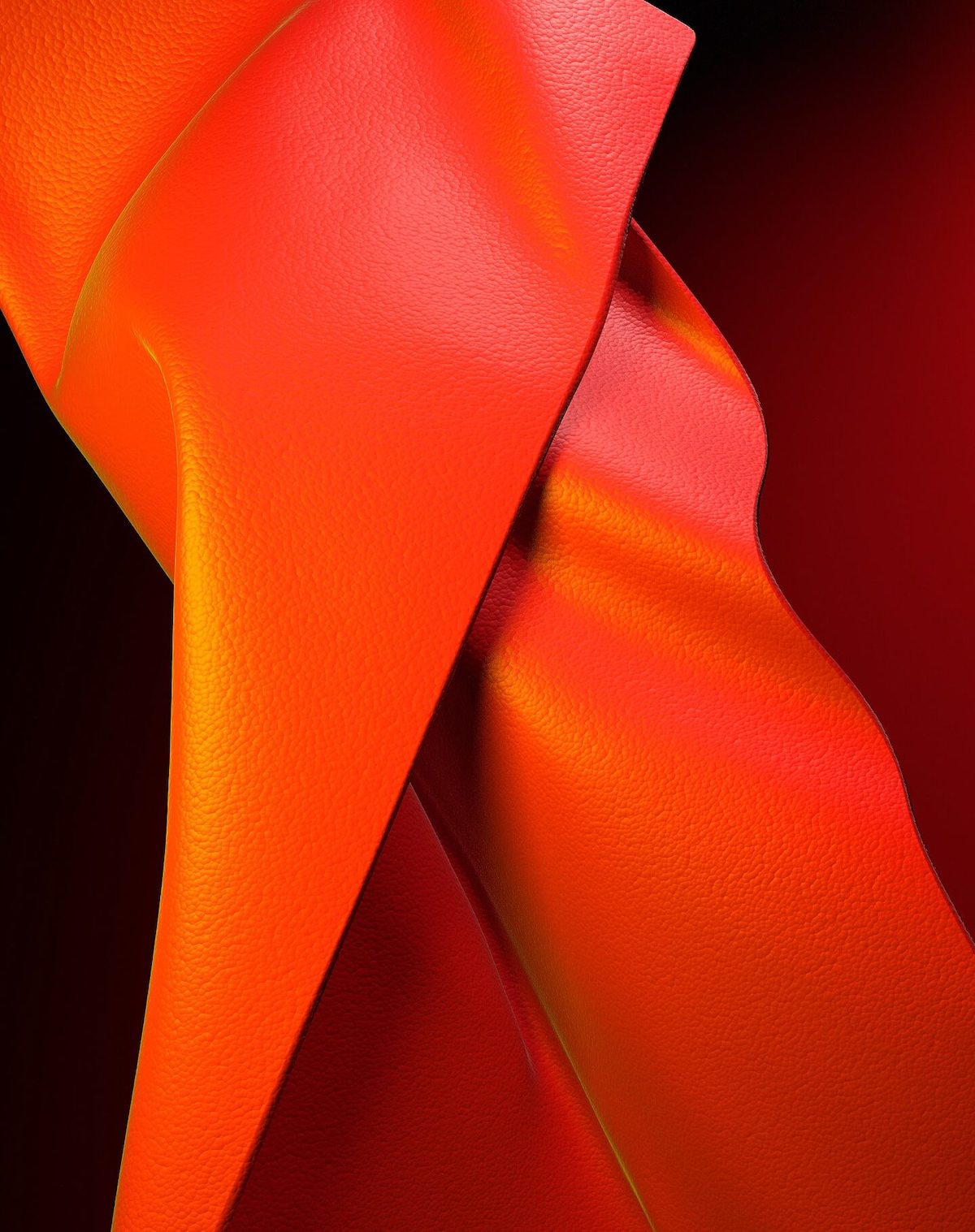
Design Futurism: Four Notable Innovators
Every new fashion season, we hear about countless new designers trying to make their mark in this extremely large industry. However, when there are only a handful of names out of the thousands that actually leave a strong and meaningful impression, that’s when you know that there aren’t enough. In this day and age, young designers need to take the current climatic state into consideration and design for the greater good. The four ‘innovators’ highlighted in this article have worked on design solutions for a better tomorrow, by developing inspiring concepts & models that change the definition of fashion as we know today. This is the future of design.

LI EDELKOORT: ANTI-FASHION MANIFESTO
As one of the world’s most famous and acclaimed trend forecasters, Lidewij Edelkoort is a Dutch designer known to anticipate future trends within fashion. Her intuitive thinking has given her a reputation for providing business solutions across various industries such as fashion, interiors, cosmetics, food & much more. Li is able to study and understand socio-cultural trends and apply the information into various scopes of work.
When it comes to fashion specifically, she is the brains behind the ‘Anti-Fashion Manifesto’, an extensive document that states ten reasons why the fashion system is obsolete. From education, supply chains, designers and marketing all the way down to the consumers, she not only highlights the most challenging problems that the industry faces today, but also provides new and practical solutions and ways that we can overcome it. Li Edelkoort’s ‘Anti-Fashion Manifesto’ makes us all question how the industry continues to operate the way it is today, and shines light on the hope for a better future.

SUZANNE LEE: MODERN MEADOW
Founded in 2011, Modern Meadow is the company behind the internationally recognised textile, Zoa a sustainable alternative to conventional leather that is biologically-produced. Using the latest biotechnology, the company has built innovative tools to recreate traditional fabrics into environmentally-friendly textiles that can ultimately change the way we shop & dress today. The team believes that biofabrication has the potential to “unlock the power of nature to offer new design possibilities”.
One of the notable figures behind the revolutionary company is Suzanne Lee, designer and Chief Creative Officer at Modern Meadow. Bridging the gaps between technology and design, Lee works with a team of scientists that grow animal-free leather in a lab without causing any harm to animals to create clothes that are functional yet ethical. She plays a large role in allowing us to imagine a future where luxury fashion doesn’t engage in unethical practices.
You are currently viewing a placeholder content from Default. To access the actual content, click the button below. Please note that doing so will share data with third-party providers.
More Information
KASIA MOLGA: HUMAN SENSOR
Award winning artist Kasia Molga has reconfigured her powerful performance ‘Human Sensor’ first created in Manchester in 2016. The artwork is commissioned and produced by Invisible Dust in partnership with Euston Town BID as part of ‘Under Her Eye’ and creative technologist Kasia Molga. She is a notable figure when it comes to the intersection of art, science and technology.
By examining the changes in our surroundings and relationships with the planet, she is able to provide a dialogue between her viewers and the source to create interesting narratives. Using a mix of technical and traditional channels such as bespoke user interfaces and hand-drawn visuals or photography, Kasia Molga builds immersive visual experiences for her audience to interact with.
With urban growth and industrialisation on the rise, the environmental state of this planet is worsening, which means more and more people are developing respiratory health problems due to the invisible yet growing air pollution. Kasia Molga’s awe-inspiring ‘Human Sensors’ project is a creation of wearable costumes that activate with lights in response to real-time rhythm of our breathing and changes in the air quality around us. It serves as an ideal futuristic scenario where victims of asthma are able to detect changes in their environmental surroundings in order to improve their own health conditions.
You are currently viewing a placeholder content from Default. To access the actual content, click the button below. Please note that doing so will share data with third-party providers.
More Information
HELEN STORY: CATALYTIC CLOTHING
Another example of an innovative design solution, Catalytic Clothing is the brainchild of artist + designer Helen Storey and chemist, Tony Ryan, creating a unique collaboration between art and science in order to tackle a global challenge. If air pollution is expected to reduce life expectancies, why not do something to stop it? Like applying an air-purifying photocatalyst to our garments so we are actively contributing to improving the quality of the air around us, just by wearing those clothes.
“A photocatalyst is a material which absorbs light to bring it to a higher energy level and provides it to a reacting substance to make a chemical reaction occur.” This means that the Catalytic Clothing filters pollution and cleans the air as we wear it! What’s more, since some of the pollutants may attach itself to the fabric without breaking down right away, the substance can even be added to clothes as a fabric conditioner in laundry to wash away any remnants. With such great potential, why hasn’t it been mass-produced to be worn by everyone yet? It’s something that needs more awareness with wide acceptance within our societies and affordable for the average consumer, only then can the Catalytic Clothing have a true impact.
This article was published in Luxiders Magazine Issue 2. To buy the Magazine, click here.
Words: Mashal Mush








